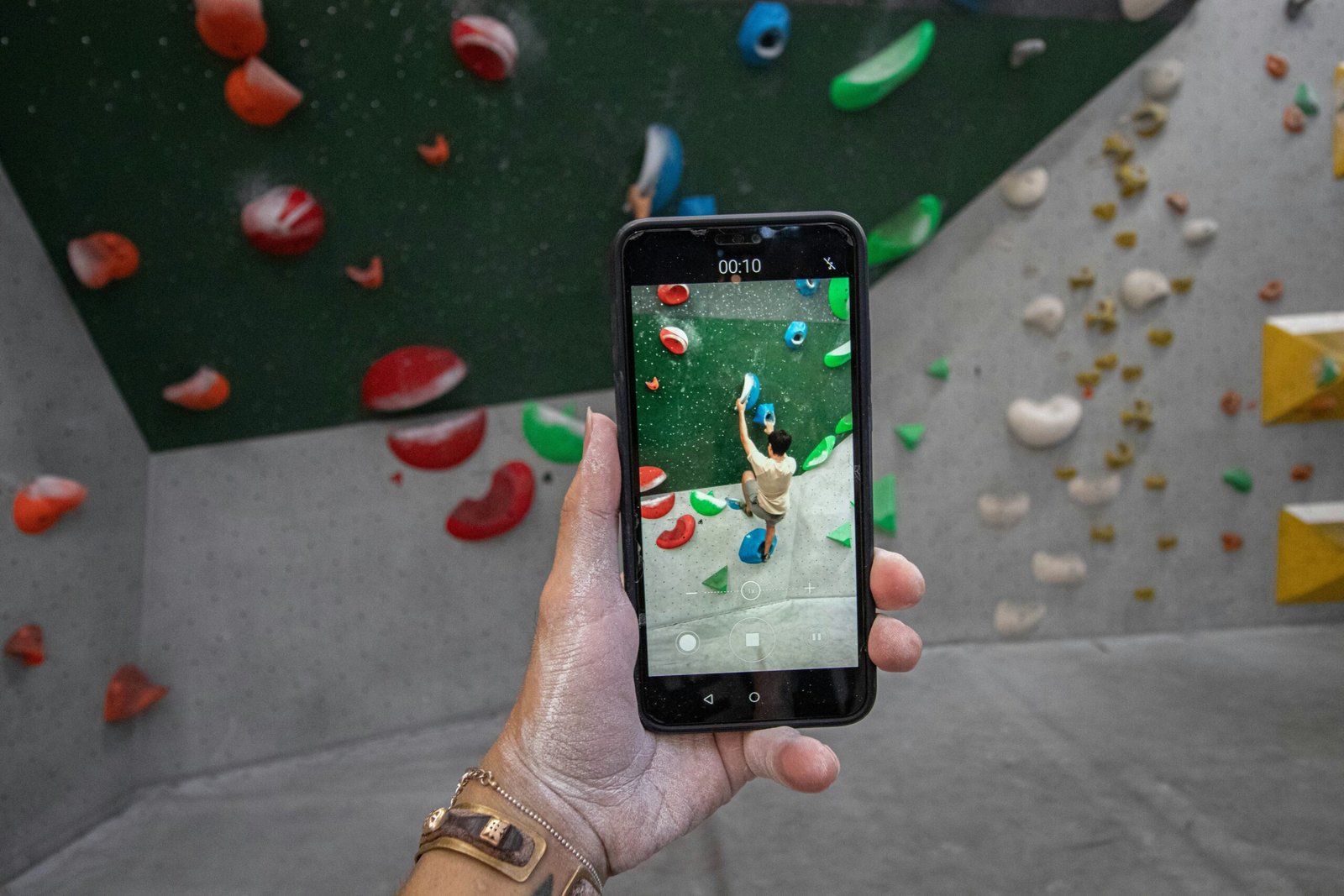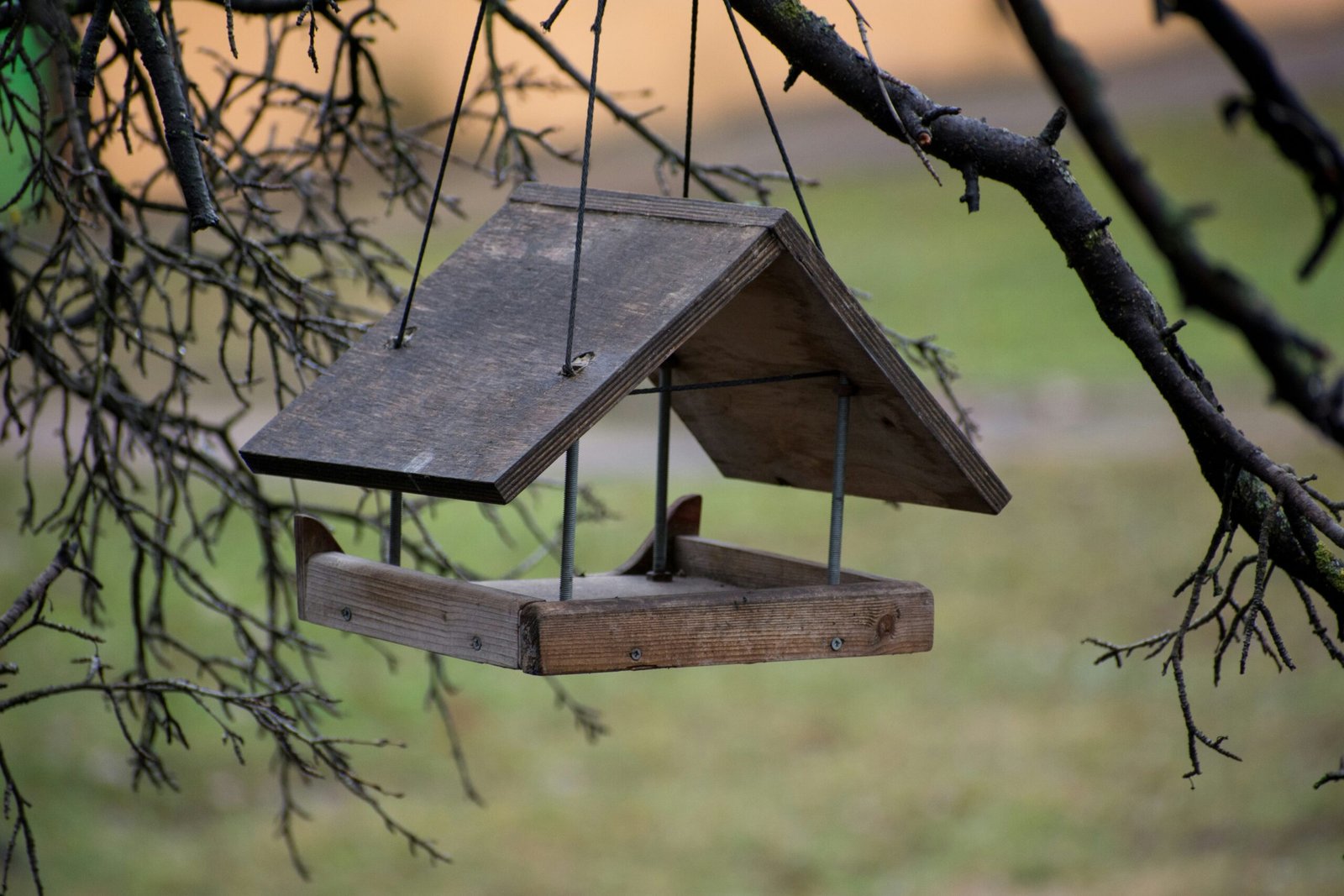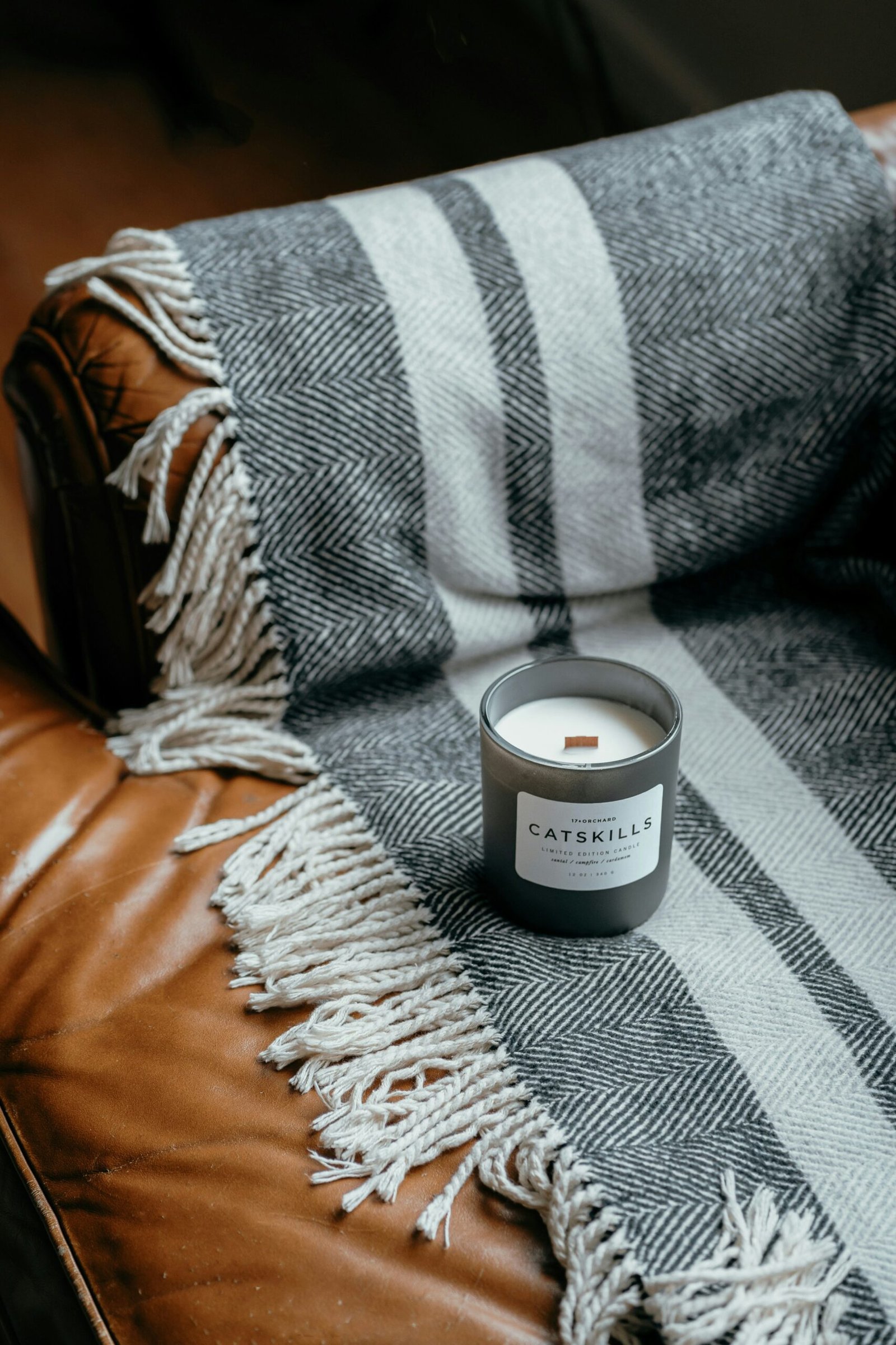Introduction to DIY Wall Murals
DIY wall murals offer an accessible and creative solution for transforming the aesthetic of any room. Unlike conventional means of decorating, wall murals provide a unique opportunity to personalize your space. These large-scale artworks can dramatically alter a room’s atmosphere, making it vibrant and expressive. Whether you choose abstract patterns, scenic landscapes, or thematic designs, a DIY wall mural can serve as a striking focal point in your home.
One of the remarkable benefits of opting for DIY wall murals is the flexibility in design. You’re not constrained by the limited options that pre-made wallpaper or generic paint schemes offer. Instead, you have the freedom to create a mural that reflects your personal style and fits seamlessly with existing decor. This customizable approach means you can change designs as frequently as you desire, allowing the space to evolve alongside your taste.
Affordability is another critical advantage of DIY wall murals. Hiring professional artists or purchasing pre-designed murals can be prohibitively expensive. In contrast, creating your mural using basic painting supplies, stencils, or decals can keep costs considerably lower. This cost-effectiveness makes DIY wall murals an appealing option for renters, budget-conscious homeowners, and even businesses looking to revamp their interiors without breaking the bank.
Moreover, engaging in a DIY wall mural project can be a deeply rewarding experience. The sense of accomplishment that comes from envisioning and executing your design is undeniably satisfying. This hands-on approach not only provides a creative outlet but also fosters a deeper connection to your living space. Each brushstroke or decal application contributes to a tangible piece of art that is uniquely yours.
In essence, DIY wall murals offer an innovative and expressive way to enhance the visual appeal of any room. They combine flexibility in design, affordability, and the personal satisfaction of creative endeavor, making them an ideal choice for those looking to elevate their interior aesthetics.
Materials and Tools You’ll Need
Embarking on a DIY wall mural project requires a well-thought-out selection of materials and tools to ensure a successful transformation. The essential components for this artistic endeavor include paints, brushes, tape, and various other items that aid in the execution and refinement of your design.
First and foremost, you will need paint. Depending on the surface and desired finish, acrylic or latex paints are recommended. Acrylic paint is known for its quick drying time and durability, making it a popular choice for murals. Latex paint, on the other hand, offers smooth application and easy clean-up with water.
Selection of brushes is equally important for achieving detailed work and smooth coverage. A range of brush sizes, from fine-tip brushes for outlines and intricate details to larger brushes for filling in broader areas, will provide versatility. Additionally, a sponge brush can be useful for creating textured effects.
Painter’s tape is another crucial tool to ensure clean lines and to avoid paint seeping into unintended areas. It’s ideal for outlining your mural and sectioning off parts of the wall.
To protect the floors and furniture from paint splatters, using drop cloths is advisable. These can be sourced inexpensively from local hardware stores or online marketplaces.
For those aiming to incorporate detailed or intricate designs, stencils and projectors will be invaluable. Stencils can help achieve repeating patterns or specific shapes with ease, while a projector can assist in accurately transposing intricate designs onto the wall.
Additional optional tools can enhance the mural-making process. Paint pens offer precision for outlining and highlights, whereas specialized tools like sponging tools can create unique textures.
Lastly, don’t forget the cleaning supplies. Having damp cloths or wipes on hand will help quickly resolve any accidental spills or smudges, ensuring your mural remains pristine.
Sourcing these materials is straightforward. Local craft stores often provide a wide range of supplies, whereas online marketplaces such as Amazon offer extensive selections and the convenience of home delivery.
Step-by-Step Guide to Creating Your Wall Mural
Creating a captivating wall mural is a fulfilling project that can transform any room into a work of art. Follow this detailed, step-by-step guide to ensure stunning results.
Preparation
Start by thoroughly cleaning the wall surface to remove dust and grime. Use a mild detergent solution for washing, rinse with clean water, and let the wall dry completely. Next, prime the wall with a suitable primer to ensure the paint adheres properly. This step is vital for vibrant, long-lasting colors.
Planning the Design
Planning is crucial in achieving a cohesive and impressive mural. Begin by sketching your design on paper, considering the room’s dimensions and atmosphere. You may use stencils or a projector to outline the mural directly on the wall for precise execution. Lightly sketch the design on the primed wall using a pencil to avoid unwanted marks.
Painting the Mural
With your design in place, start with the background color. Use large brushes or rollers to cover extensive areas evenly. Once the background is dry, proceed to add the main elements of your mural. Layer the design from larger to smaller details to ensure each component stands out. Employ techniques like blending and shading to add depth and dimension.
Blending involves gradually transitioning between colors for a smooth effect, while shading enhances depth. Practice these methods on a smaller surface before applying them to the mural to avoid errors.
Troubleshooting Tips
Common issues like color bleeding or uneven lines can occur. If colors bleed, allow the area to dry then repaint over the mistake with the base color. For uneven lines, use painter’s tape to ensure clean edges. Additionally, keep a damp cloth handy to wipe off any errors immediately.
Sealing and Protecting
After completing your mural, sealing it is essential for durability. Use a clear, matte or glossy varnish depending on your desired finish. Apply the sealer evenly with a clean brush or roller, ensuring all painted areas are covered. Allow it to dry properly before touching or decorating around the mural.
By following these steps, you can create a stunning and lasting mural that transforms your space, reflecting your creativity and vision.
“`html
Inspiring Ideas and Tips for Your DIY Mural
Embarking on a DIY wall mural project can be a delightful way to infuse creativity and personality into any room in your home. Whether you’re refreshing a bedroom, living room, nursery, or home office, there’s an abundance of ideas to get your artistic juices flowing. One popular choice is nature scenes; imagine transforming a bland wall into a captivating forest, beach sunset, or mountain vista. These themes not only make a room visually pleasing but also create a calming atmosphere.
Geometric patterns are another fantastic option. Their versatility means they can fit into nearly any room and complement various interior styles. Striking lines, shapes, and colors can turn a blank canvas into a modern, elegant space. Abstract art offers unprecedented freedom to experiment with colors and forms, making each mural a unique masterpiece that reflects your personal aesthetic.
Personalized designs add a special touch to your home decor. Family trees are a warm, heartfelt way to celebrate ancestry and belonging. For a home office, inspirational quotes or motivational phrases can serve as daily reminders to stay focused and driven. Children’s bedrooms or nurseries can benefit from whimsical, imaginative themes, such as enchanted forests or space adventures, stimulating the mind and fostering creativity.
Maintaining the appearance of your mural is essential for longevity. Ensure the wall is prepped properly before painting; a clean, smooth surface helps the paint adhere better. Using high-quality, durable paints can also prevent fading and peeling over time. To clean the mural, a gentle wipe with a damp cloth usually suffices without damaging the artwork.
When it comes to updating or changing your mural in the future, consider layering new designs over the existing one. This approach not only preserves the history of your artistic evolution but also saves you the hassle of starting from scratch. Alternatively, you can innovate within the original design, perhaps by adding new elements or color schemes to refresh its look.



